Intel CEO Pat Gelsinger announces retirement
Gelsinger’s departure comes amid a tumultuous period at Intel
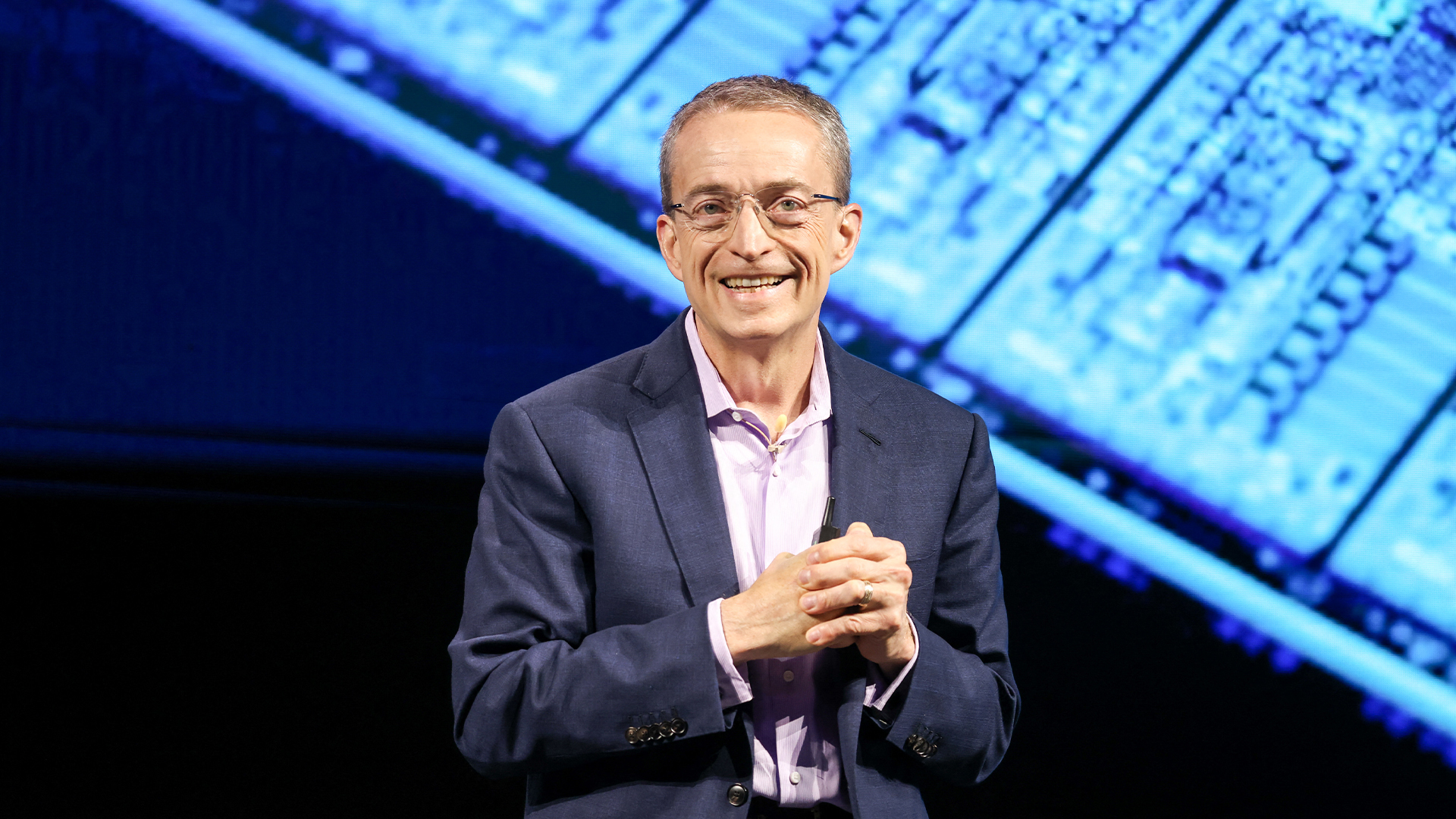

Pat Gelsinger, CEO of Intel, has retired from his role following a four-year stint in the hot seat at the chipmaker.
In a statement, the company revealed Gelsinger stepped down from the board of directors, effective 1st December.
Following the news, David Zinsner and Michelle ‘MJ’ Johnston Holthaus have been named as interim co-chief executives as the company begins the search for a new CEO.
Zinsner currently serves as executive vice president and chief financial officer, while Holthaus was recently appointed CEO of Intel Products.
Frank Yeary, independent chair of the Intel board, will serve as interim executive chair during the recruitment process. Yeary noted that while the firm has made “significant progress” in regaining competitiveness in the industry, there is still “much more work to do” moving forward.
“With Dave and MJ’s leadership, we will continue to act with urgency on our priorities: simplifying and strengthening our product portfolio and advancing our manufacturing and foundry capabilities while optimizing our operating expenses and capital. ”
Commenting on his retirement, Gelsinger described his tenure as CEO as the “honor of my lifetime”.
Sign up today and you will receive a free copy of our Future Focus 2025 report - the leading guidance on AI, cybersecurity and other IT challenges as per 700+ senior executives
“Today is, of course, bittersweet as this company has been my life for the bulk of my working career. I can look back with pride at all that we have accomplished together.”
Gelsinger retirement marks the end of an era
Gelsinger began his career in the technology industry at Intel, joining the company as a quality control technician in 1979. Since then, he has held several roles at the chipmaker, including becoming its inaugural chief technology officer.
Both Gelsinger and Intel have experienced significant challenges since he assumed the role of chief executive in 2021, however. Prior to taking the top job, Intel was fighting off stiff competition from industry competitors, including AMD and Nvidia.
Nvidia knocked Intel off its perch as the most valuable US chipmaker in 2020, marking a huge moment in the industry. Since then, Intel has scrambled to keep pace with its one-time plucky rival.
The advent of generative AI further propelled Nvidia, with the firm’s market value skyrocketing as enterprises flocked to its GPU and CPUs.
RELATED WHITEPAPER

Under Gelsinger, one part of Intel’s masterplan to regain market share was spinning off the Intel Foundry unit as a subsidiary in a bid to streamline operations.
2024 in particular has been a challenging year at Intel, which Gelsinger pointed to in his retirement announcement. In August, the company announced plans to reduce its workforce by 15%, equivalent to around 15,000 roles.
Poor returns on AI were specifically highlighted as a key factor in this round of layoffs. Gelsinger said the move was part of a cost-cutting initiative in response to poor revenue growth.
“It has been a challenging year for all of us as we have made tough but necessary decisions to position Intel for the current market dynamics,” Gelsinger wrote in his retirement statement. “I am forever grateful for the many colleagues around the world who I have worked with as part of the Intel family.”

Ross Kelly is ITPro's News & Analysis Editor, responsible for leading the brand's news output and in-depth reporting on the latest stories from across the business technology landscape. Ross was previously a Staff Writer, during which time he developed a keen interest in cyber security, business leadership, and emerging technologies.
He graduated from Edinburgh Napier University in 2016 with a BA (Hons) in Journalism, and joined ITPro in 2022 after four years working in technology conference research.
For news pitches, you can contact Ross at ross.kelly@futurenet.com, or on Twitter and LinkedIn.
-
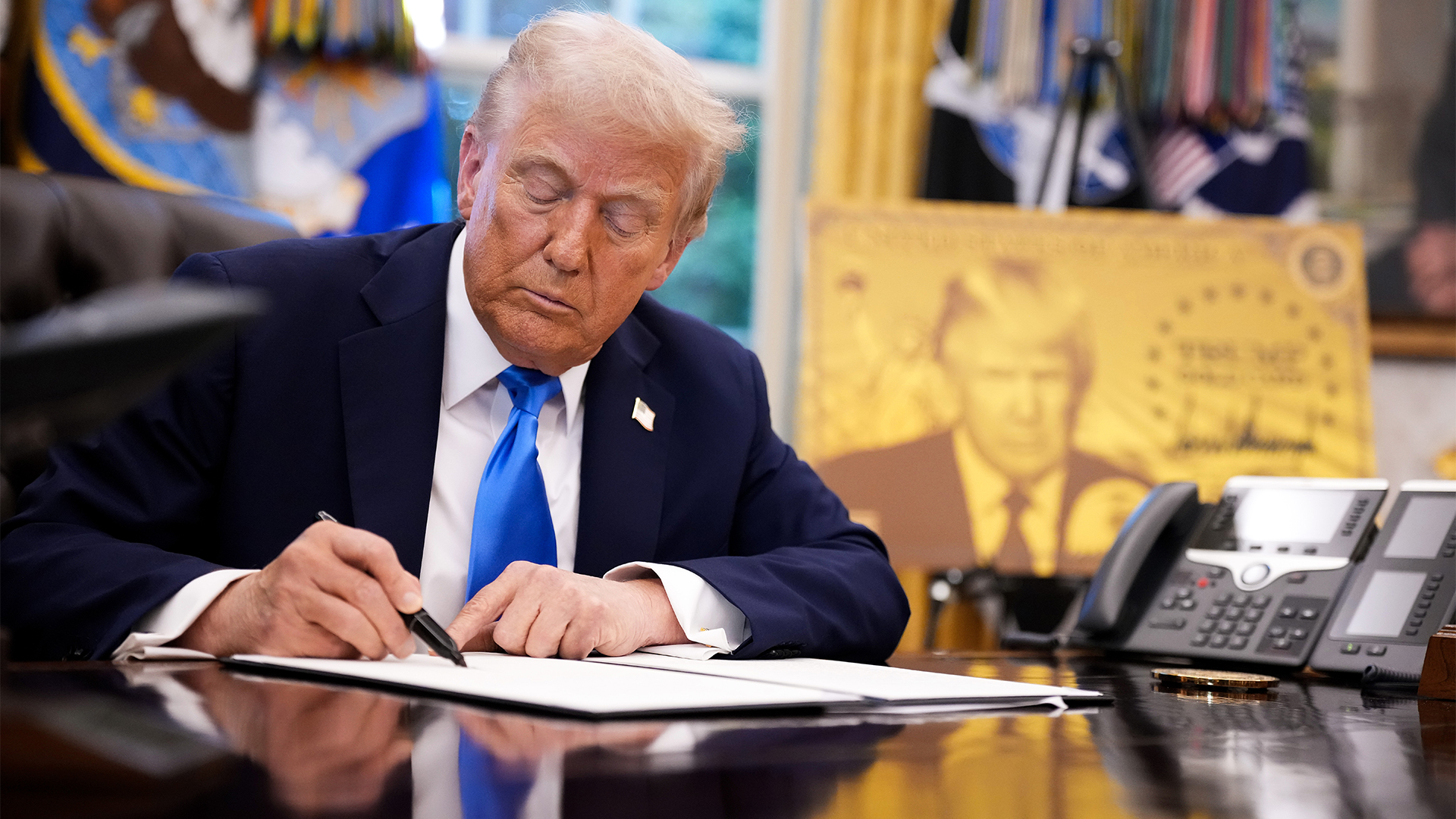 Trump's AI executive order could leave US in a 'regulatory vacuum'
Trump's AI executive order could leave US in a 'regulatory vacuum'News Citing a "patchwork of 50 different regulatory regimes" and "ideological bias", President Trump wants rules to be set at a federal level
-
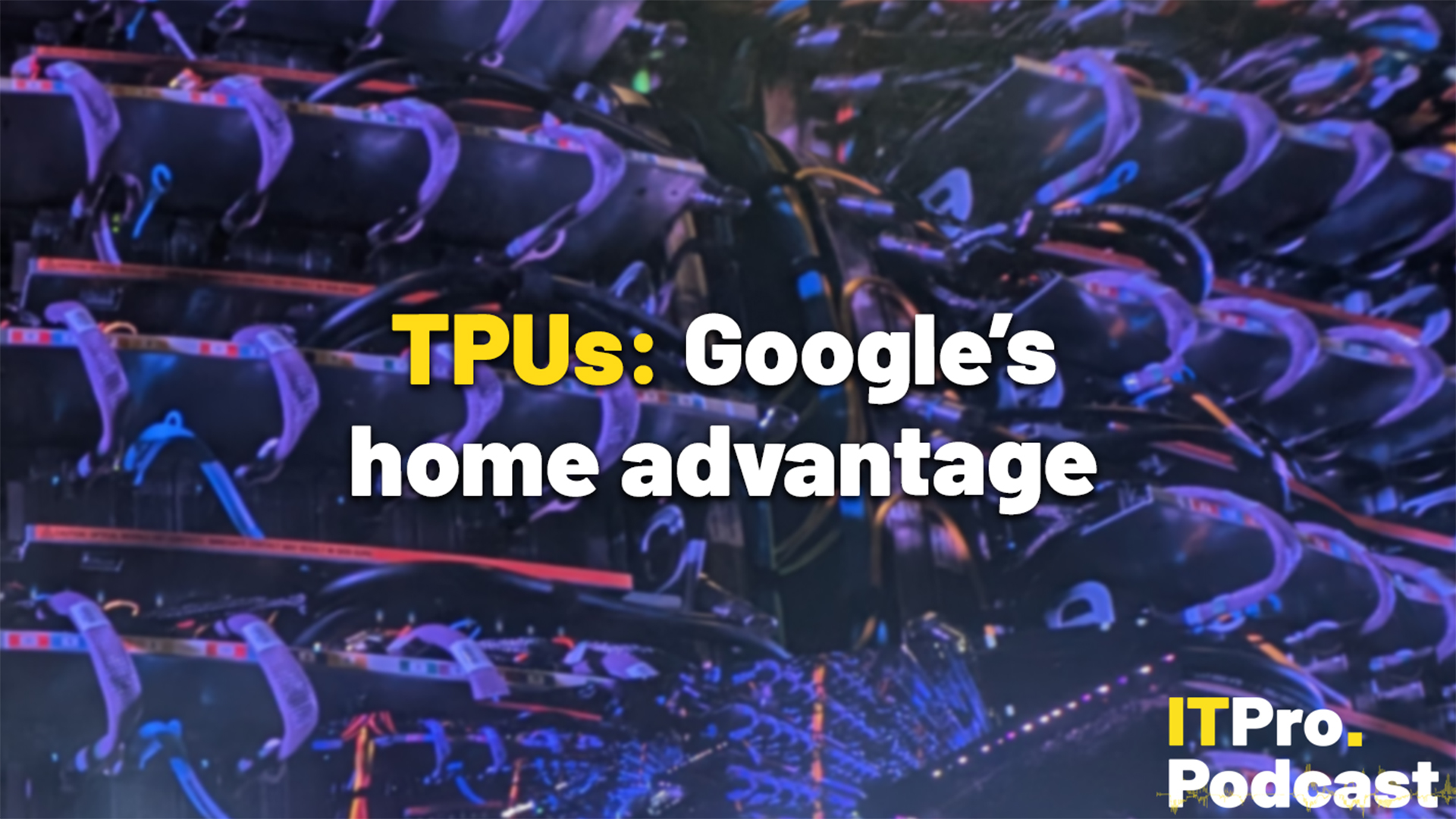 TPUs: Google's home advantage
TPUs: Google's home advantageITPro Podcast How does TPU v7 stack up against Nvidia's latest chips – and can Google scale AI using only its own supply?
-
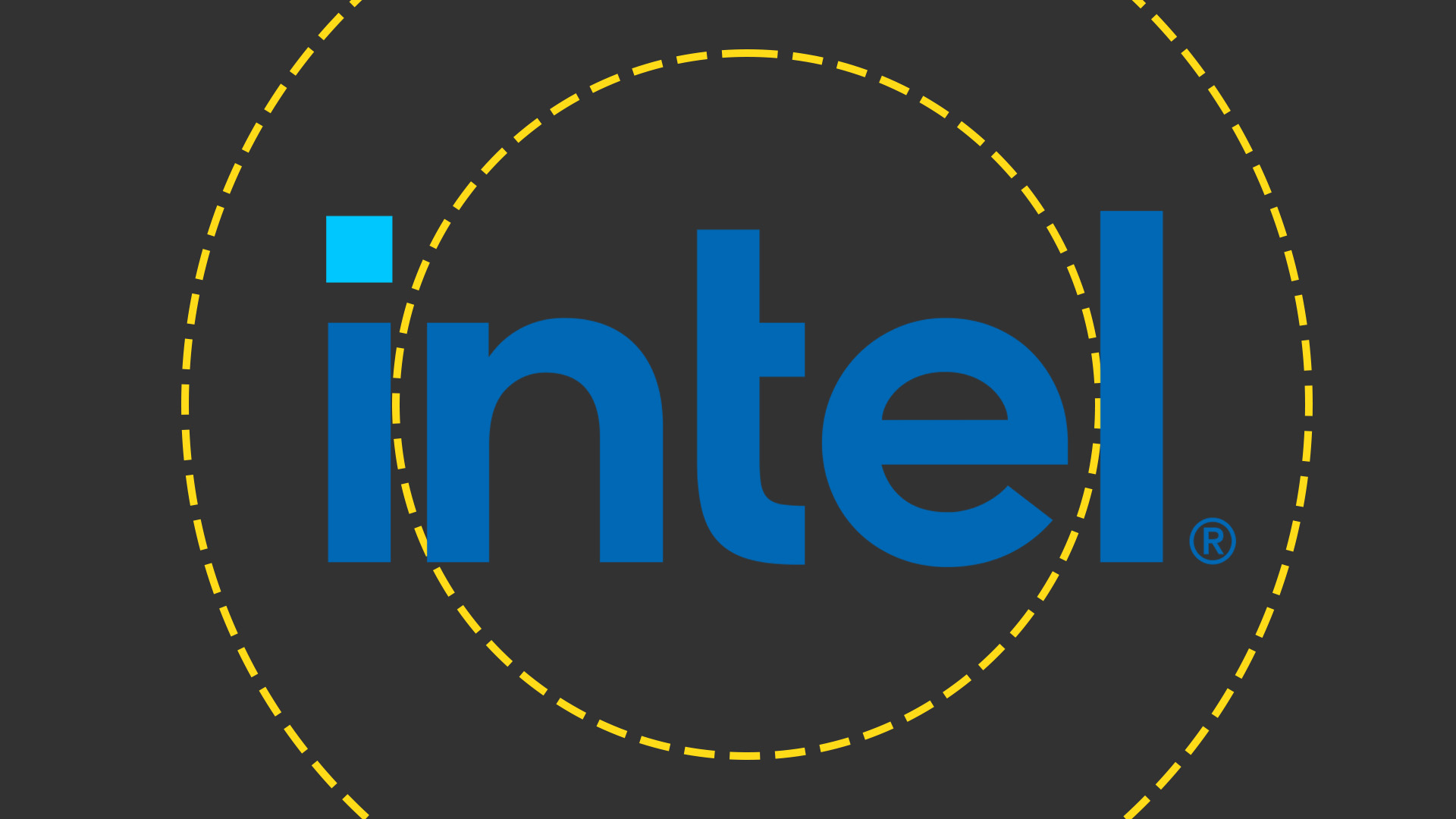 Intel to axe 24,000 roles, cancel factory plans in sweeping cost-cutting move
Intel to axe 24,000 roles, cancel factory plans in sweeping cost-cutting moveNews Despite better than expected revenue in its Q2 results, the chip giant is targeting a leaner operation
-
 Intel makes high-level hires while factory workers are warned of layoffs
Intel makes high-level hires while factory workers are warned of layoffsNews The company is appointing four senior executives as part of efforts to refocus on engineering and customer relationships
-
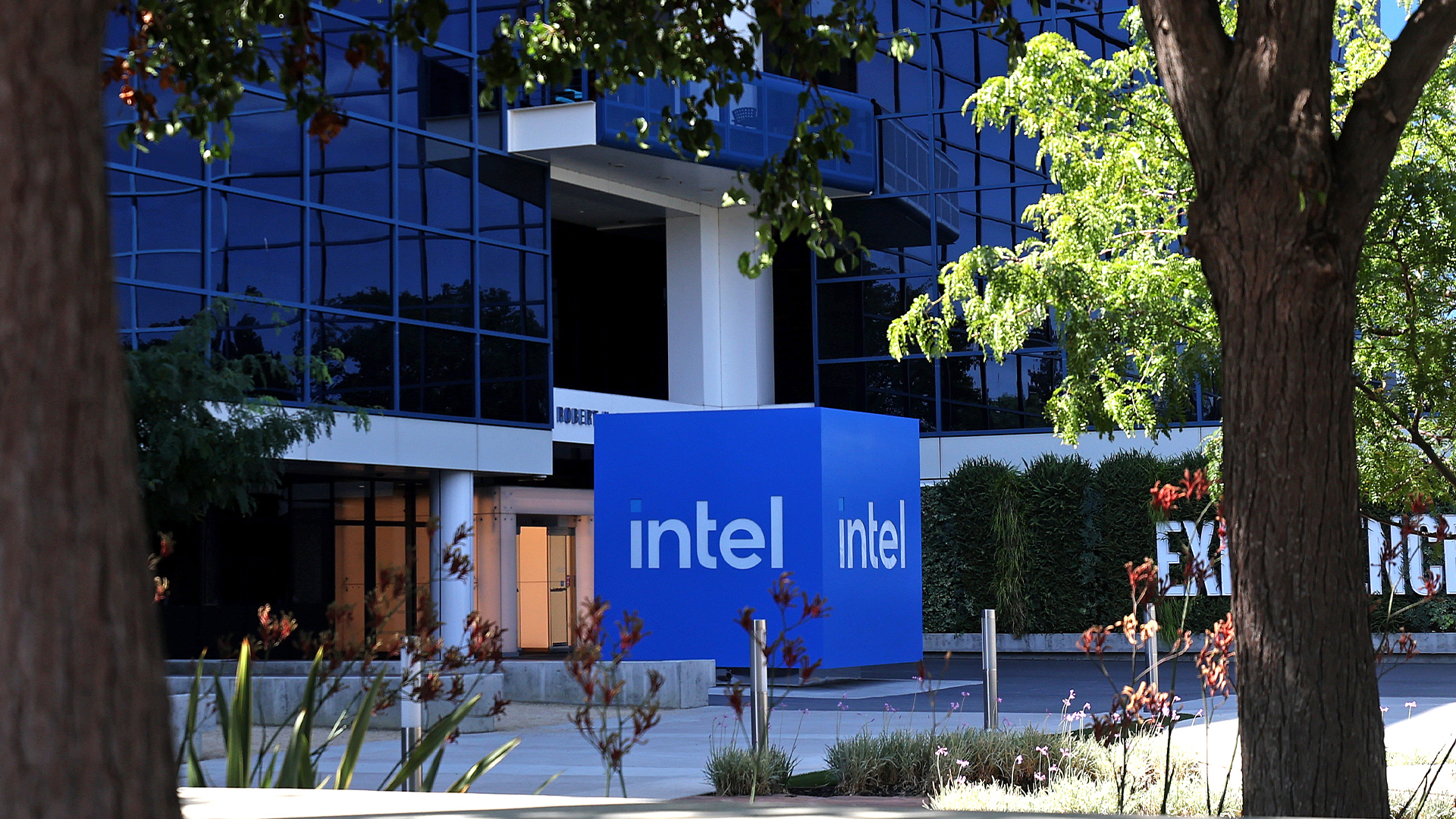 Intel layoffs confirmed as CEO eyes 'sustainable growth'
Intel layoffs confirmed as CEO eyes 'sustainable growth'Intel’s new CEO Lip-Bu Tan has confirmed the company will be cutting its headcount in response to sluggish revenue.
-
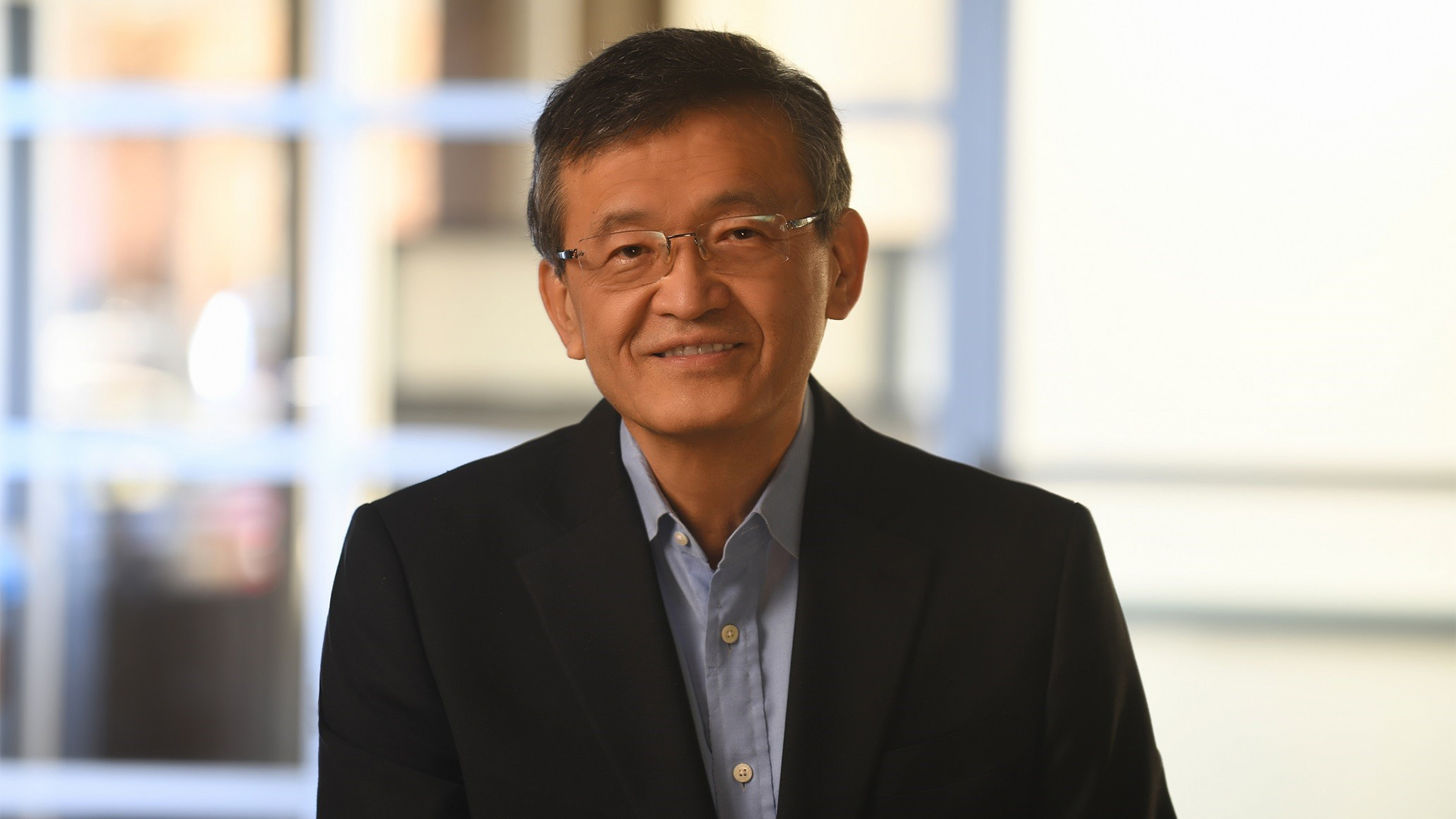 Everything you need to know about Lip-Bu Tan, Intel’s new CEO
Everything you need to know about Lip-Bu Tan, Intel’s new CEONews Intel has announced its next CEO in the wake of Pat Gelsinger's retirement, naming former board member Lip-Bu Tan as its new leader months after he quit.
-
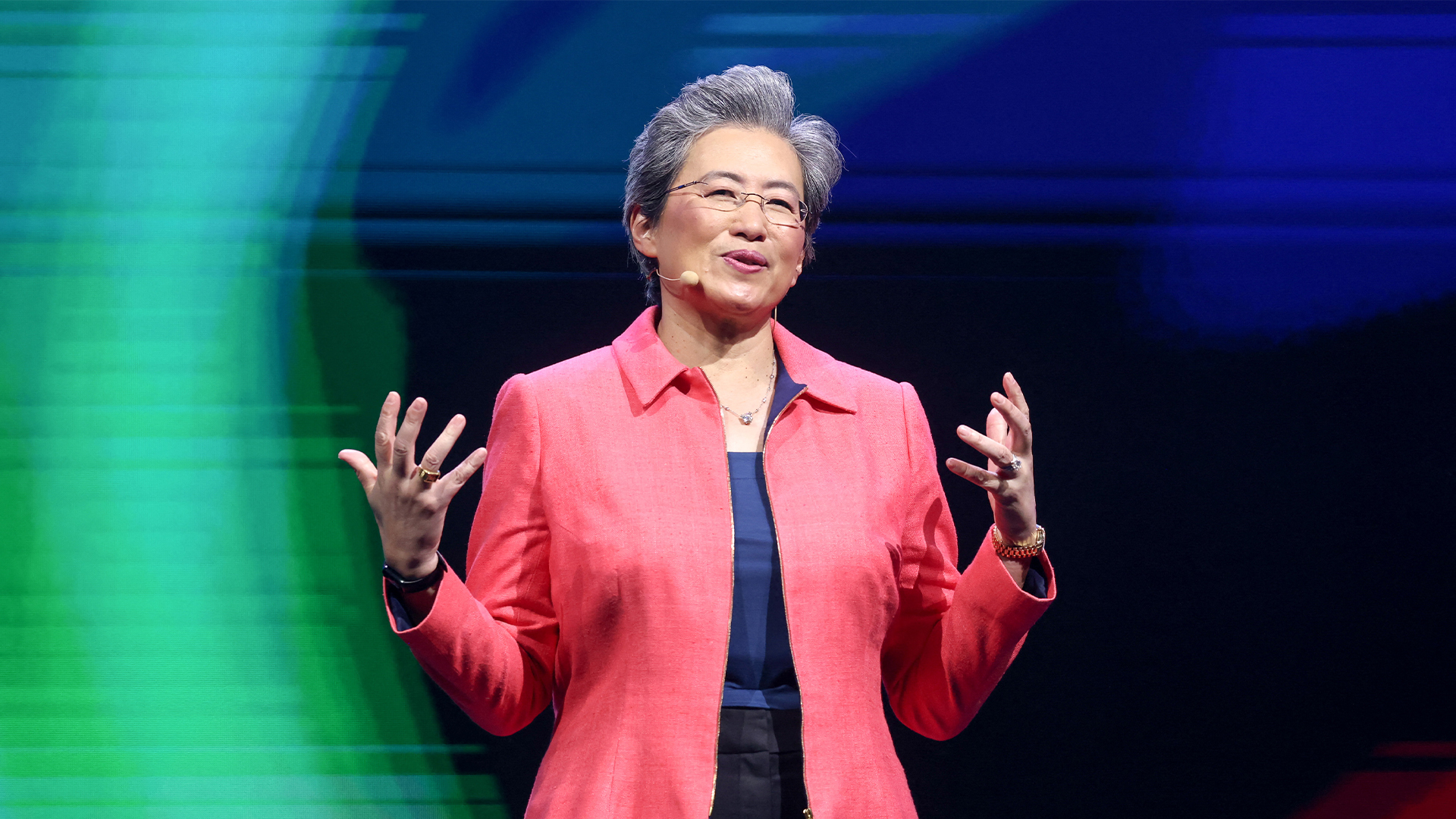 AMD to cut around 1,000 staff to focus on "growth opportunities"
AMD to cut around 1,000 staff to focus on "growth opportunities"News The AMD layoffs come after rival Intel cut staff on the back of flagging AI returns
-
 Meta layoffs hit staff at WhatsApp, Instagram, and Reality Labs divisions
Meta layoffs hit staff at WhatsApp, Instagram, and Reality Labs divisionsNews The 'year of efficiency' for Mark Zuckerberg continues as Meta layoffs affect staff in key business units
-
 The power and the pain: Looking forward so you’re not held back
The power and the pain: Looking forward so you’re not held backAvoiding server modernization may seem like a cost-saving strategy, but the hidden risks of downtime, security breaches, and operational inefficiencies can quickly become far more costly…
-
 Modernization: Nothing to fear except failing to future-proof
Modernization: Nothing to fear except failing to future-proofAs businesses face mounting pressure to innovate while maintaining daily operations on tight budgets, modernization has become a necessity, not a luxury